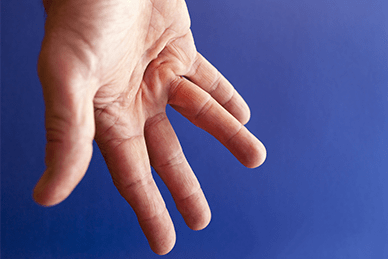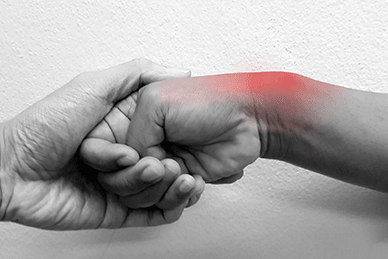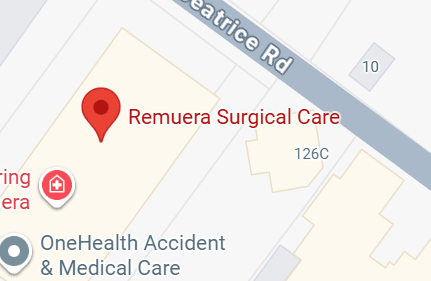Ganglion cysts
Whether it’s painful numb fingers; deformity or diminished function, the aim of surgery is to help you regain the function you have lost.
Please give us a call to discuss your options or to book an initial consultation with Dr Greenbaum.
These cysts are the most common cause of patients seeking help with a swelling in the hand. They affect women 3 times more than men and tend to appear in early adult life (from ages 20-50). They are much commoner in gymnasts – which suggests a repetitive strain-like injury as the mechanism for their formation and they are also more common in people with arthritis (but having one does not herald future arthritis).
What causes ganglion cysts?
Their cause is not precisely understood but seems to follow some form of repeated microinjury that produces a hernia of synovial tissue for a joint or a tendon sheath.
What problems do they cause?
Ganglion cysts may appear (and disappear) suddenly and similarly, may increase, and decrease in size for no obvious reason. When they are not visible, but are present in deeper tissues, they may compress nerves and other structures and so cause pain, tingling or muscle weakness and only come to light after a scan reveals them.
Where do you find them?
They can appear anywhere on the arms or legs where there is synovial tissue (which surrounds joints and tendons to make them glide smoothly when they move), but the commonest sights on the hand are the back and front of the wrist, in the palm just before the fingers start and at the fingertips near the fingernail.
Do I need treatment?
You don’t have to have a ganglion removed if it doesn’t cause you problems. They are not a malignant growth, and you can take one to your grave quite safely – and many do if it gives them no bother. Treatment is generally indicated for functional reasons:
- because a ganglion cyst is pushing on a nerve or blood vessel
- because it is interfering with functional movement of your hand (or foot) or,
- when cysts are so large that they are unsightly and cause concern.
What is the best treatment?
Aspiration of the gelatinous contents may be a reasonable first step depending on your circumstances.
After aspiration, a ganglion is as likely to recur as not, whereas after competent surgery the recurrence rate should be 5-15% because surgery should remove the stalk-like projection of synovial tissue that attaches the cyst to the synovial tissue that it herniated from, and this is the best way to stop it coming back.









